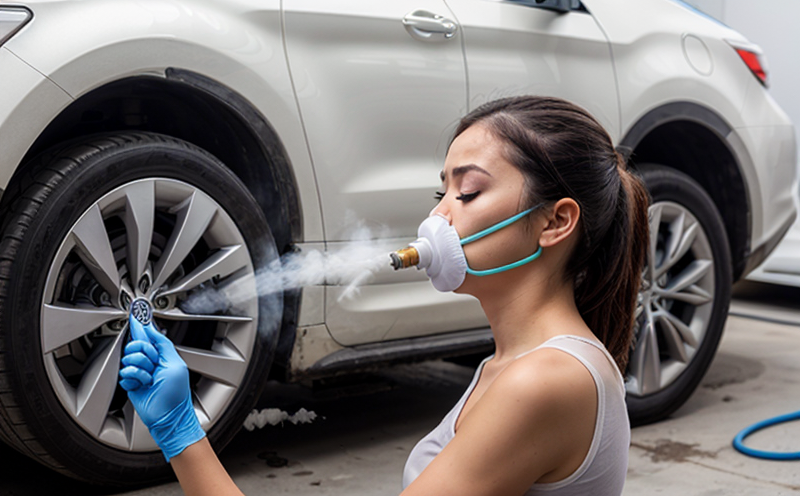JIS A1460 Formaldehyde Emission Testing of Wood Based Materials
The JIS A1460 standard is a critical tool in ensuring compliance with Japanese quality standards for formaldehyde emission testing in wood-based materials. This service ensures that products meet stringent environmental and health safety requirements, particularly relevant in sectors like furniture manufacturing, interior design, and construction.
Formaldehyde, a volatile organic compound (VOC), is commonly used as a preservative and adhesion agent in the production of wood-based panels such as particleboards and fiberboards. While formaldehyde can enhance material properties and improve durability, excessive levels pose significant health risks including respiratory issues and cancer when inhaled over prolonged periods. Therefore, accurate and reliable testing methods are essential for manufacturers to produce safe products.
The JIS A1460 method involves placing a specified amount of wood-based panel into a climatic chamber set at 23°C ± 1°C and relative humidity of 50% ± 5%. Samples remain in this environment for 7 days, during which formaldehyde is continuously extracted using air flow. After the exposure period, the collected gas is analyzed by gas chromatography (GC) to determine total free and combined formaldehyde content.
This testing process adheres strictly to international standards like ISO 16007-2, ensuring consistency across different laboratories worldwide. Compliance with these regulations not only protects consumer health but also enhances brand reputation among environmentally conscious consumers. By offering this service, we contribute significantly to maintaining high-quality environmental standards in the production and use of wood-based materials.
Test Specimen Preparation
To ensure accurate results, specimens must be prepared according to JIS A1460 specifications:
- Sample dimensions: 150 mm x 150 mm x thickness (depending on the type of panel).
- Surface finish should be smooth and free from defects.
- The sample must be representative of the material being tested, meaning it should not include areas with unusually high or low formaldehyde emissions.
The specimen is then conditioned in a controlled environment for 24 hours before testing to stabilize moisture content. This conditioning step ensures that variations due to humidity do not affect test results.
Why It Matters
Formaldehyde emission standards like JIS A1460 are crucial for protecting the health of consumers, particularly those who spend significant time in indoor spaces. Excessive formaldehyde levels can lead to chronic respiratory diseases and other severe health conditions. By adhering to these stringent testing protocols, manufacturers ensure their products meet international safety benchmarks.
For quality managers and compliance officers responsible for ensuring product safety and regulatory adherence, JIS A1460 compliance is non-negotiable. It allows them to demonstrate due diligence in sourcing materials that do not compromise air quality standards. For R&D engineers involved in developing new wood-based products, this service provides invaluable data on material behavior under controlled conditions.
From an environmental perspective, reducing formaldehyde emissions helps mitigate the potential harm caused by VOCs released into the atmosphere during manufacturing processes or when materials are used indoors. This aligns with broader sustainability goals within industries relying heavily on wood-based products.
Benefits
- Enhanced Consumer Confidence: Compliance with JIS A1460 assures customers that the product meets stringent quality and safety standards, fostering trust and loyalty.
- Regulatory Compliance: Ensures adherence to international regulations, avoiding costly penalties or recalls.
- Market Access: Demonstrating compliance can open doors to new markets where strict formaldehyde emission limits are enforced.
- Risk Mitigation: Early detection of potential issues through rigorous testing helps prevent long-term damage to brand reputation and financial losses.
Competitive Advantage and Market Impact
Adhering to JIS A1460 not only ensures compliance but also provides significant competitive advantages:
- Differentiation in the Market: Meeting or exceeding regulatory standards sets products apart from competitors, attracting health-conscious consumers.
- Premium Pricing Potential: Consumers willing to pay more for safer products may be willing to do so if they know their purchase aligns with strict formaldehyde emission limits.
- Better Brand Reputation: A reputation for producing safe, high-quality products can enhance brand image and customer satisfaction.





